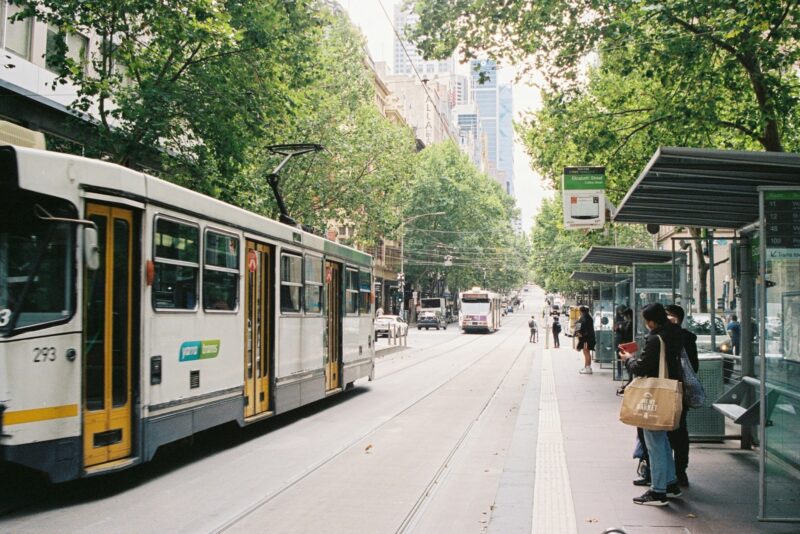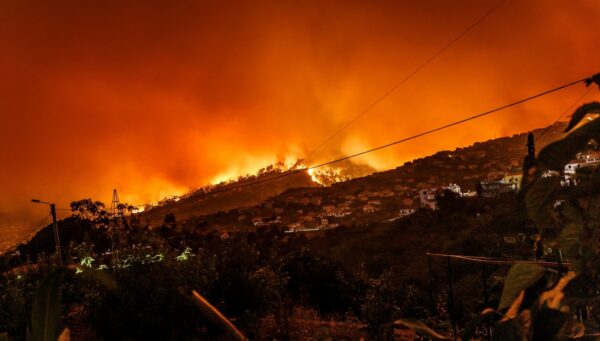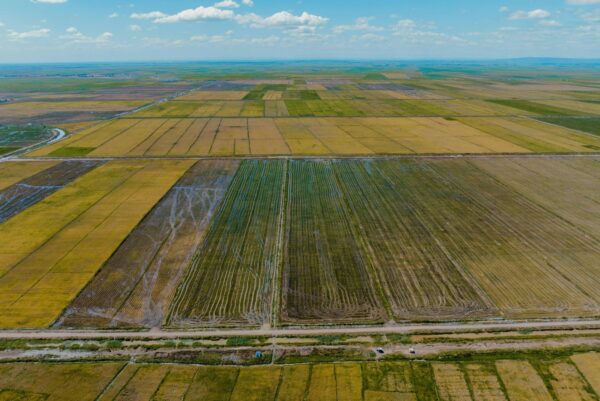Mapping the climate risk to urban forests at city scale
Authors
Manuel Esperon-Rodriguez, Rachael Gallagher, Niels Souverijns, Quentin Lejeune, Carl-Friedrich Schleussner, Mark Tjoelker

Climate change represents a threat to the performance and persistence of urban forests and the multiple benefits they provide to city dwellers. This study uses a novel approach to identify species and areas at high risk of climate change using the city of Melbourne, Australia, as a case study.
It uses an urban tree inventory and high-resolution climate projections based on data from our PROVIDE project to identify species and locations at risk from climate change in Melbourne.
The climate safety margin, an indicator of species’ climatic tolerance, was used as a metric of climate risk.
It found that 218 species (46%) are currently exceeding their temperature safety margins. This number is predicted to increase to 322 species (68%) by 2050.
Similarly, 255 species (54%) are exceeding their precipitation safety margins. This number is predicted to increase to 257 species (54%) by 2050.
The study demonstrates how using urban tree inventories and climate risk metrics can aid in the identification of vulnerable species and locations at high climate risk to prioritise areas for monitoring and assist urban planning. This showcases a novel way to use spatial information on climate risk at local scales appropriate for management decisions.











